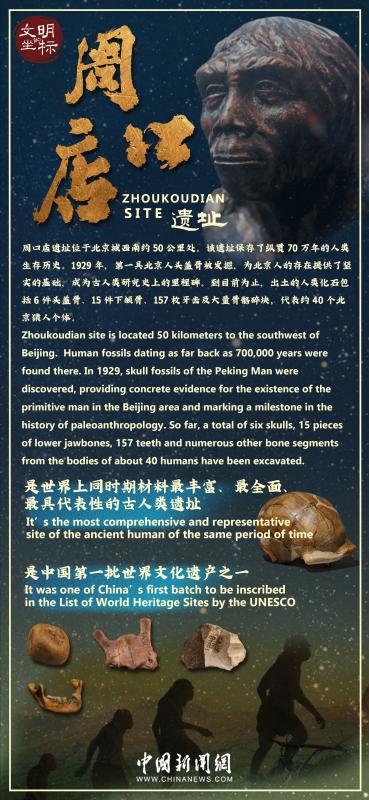
Zhoukoudian site is located 50 kilometers to the southwest of Beijing. It was one of China's first batch to be inscribed in the List of World Heritage Sites by the UNESCO back in 1987. In 1929, skull fossils of the Peking Man were discovered, and provided concrete evidence for the existence of the primitive man in the Beijing area and marking a milestone in the history of paleoanthropology.
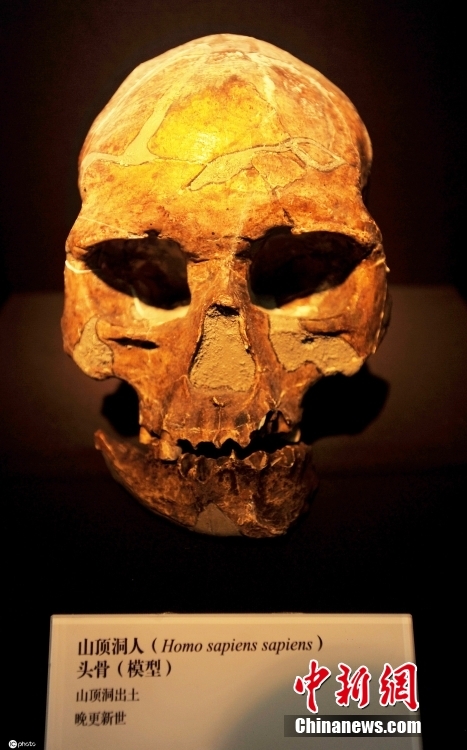
A skull model an Upper Cave Man on display at the Zhoukoudian Site Museum in Beijing. (Photo: ICphoto)
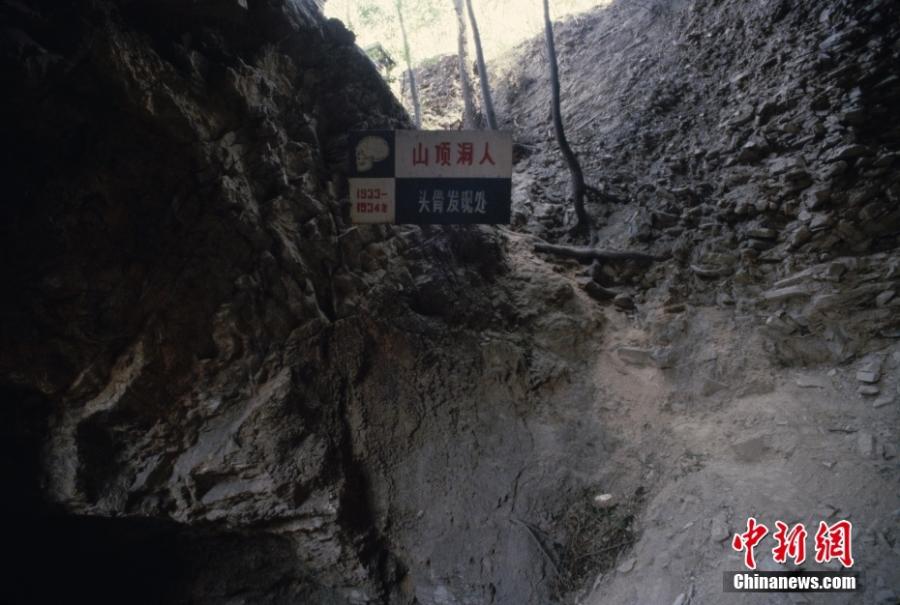
A photo shot in 1982 shows the site of the discovery of the skull of an Upper Cave Man at the Peking Man site at Zhoukoudian. (Photo:VCG)
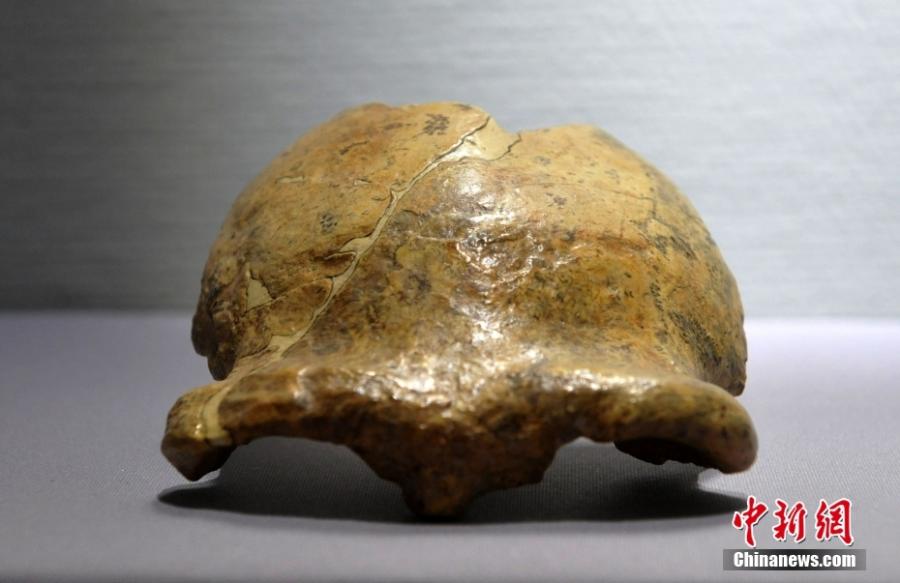
A skull model of an Upper Cave Man on display at the Zhoukoudian Site Museum in Beijing. (Photo:VCG)
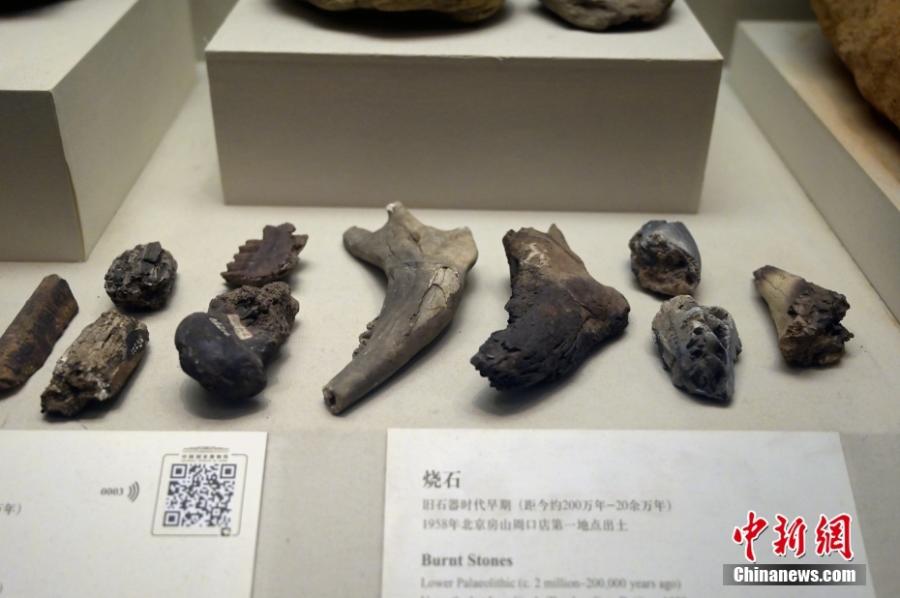
Burnt rocks from the early Paleolithic period (about 2 million to 200,000 years ago) were excavated at the first site of Zhoukoudian in Fangshan District, Beijing in 1958. (Photo:VCG)
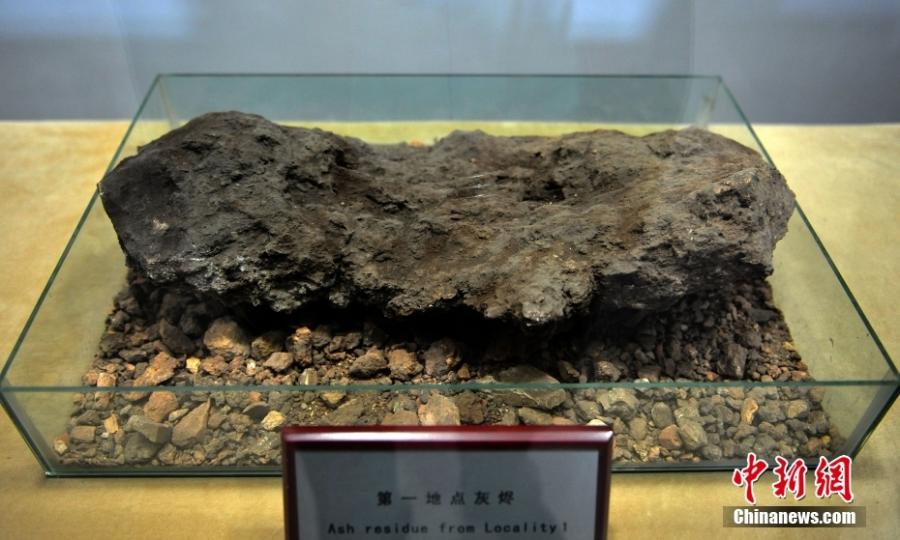
The ashes left by fire use of the ape man were found at the first site of the Zhoukoudian ape man site in Beijing. (Photo:VCG)
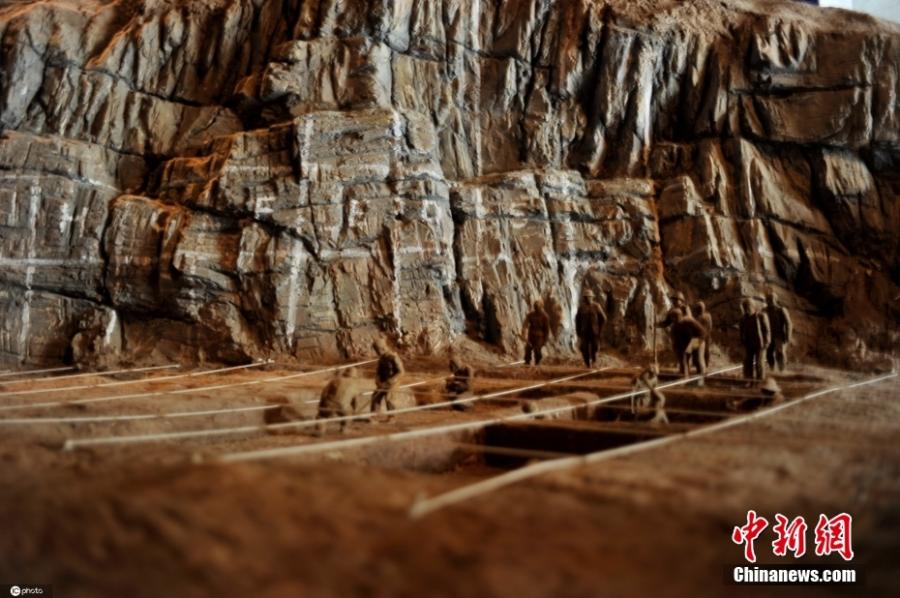
The sand table of the archaeological excavation site was exhibited at the Zhoukoudian Site Museum. (Photo: ICphoto)

The location where the skull of the "Peking Man" was discovered in 1966 inside the Zhoukoudian site. (Photo:VCG)
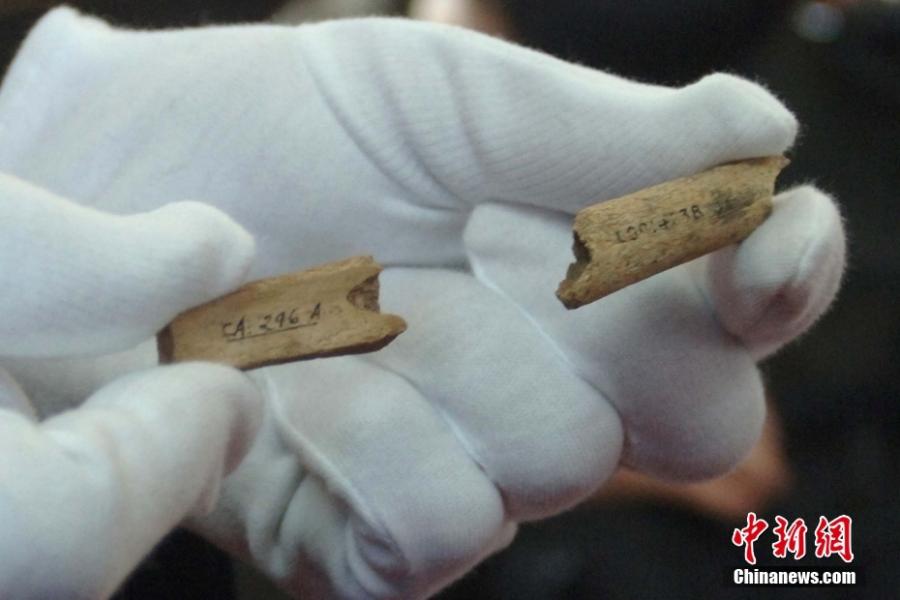
On February 25, 2007, the Zhoukoudian Site Museum in Beijing exhibited two precious specimens of "bone tubes", which are of equal length and thickness, and have somooth ventral surfaces. Both of which belong to a section of the ribs. The two bone fossils were excavated at the fourth site of Zhoukoudian in 1937, and have been missing since then, and were recently accidentally discovered in the grading of fossil specimens in the museum.
It is inferred that the owner of the bone products is the "Upper Cave Man". This important discovery provides a new idea for further searching for the radius of activity of the "Upper Cave Man".
The picture shows the grinding of the bone, from the selection of materials to the processing and production.(Photo: China News Service/Zhang Yu)
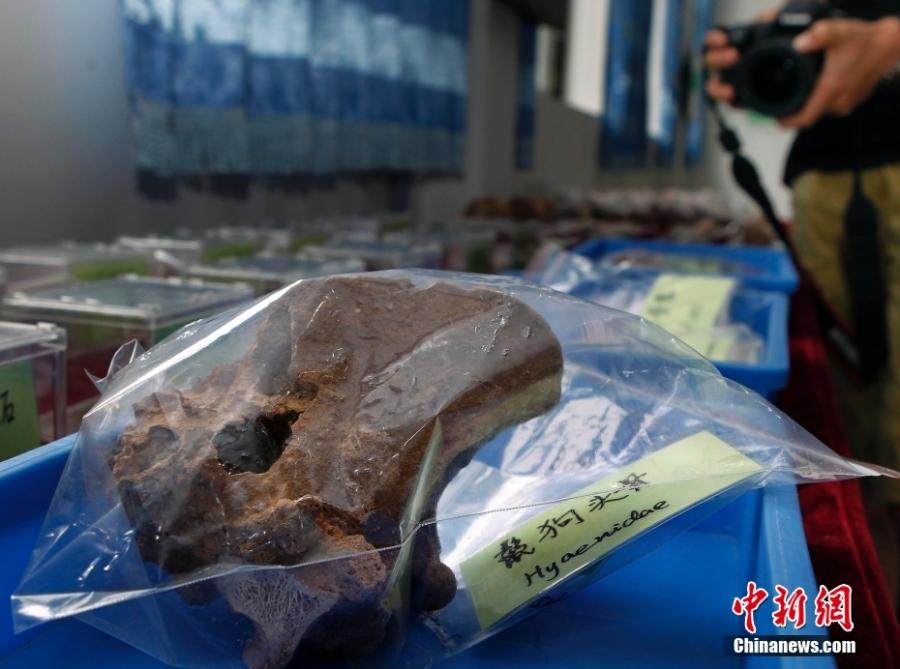
On July 17, 2015, a press conference was held at the Zhoukoudian Site to announce the results of the excavation of the fourth floor of the first site from 2011 to 2014. In the process of cleaning and excavation in recent years, excavations have been carried out on the upper and lower parts of the fourth layer of accumulation, and a total of tens of thousands of identifiable specimens have been excavated. (Photo: China News Service/Song Jihe)
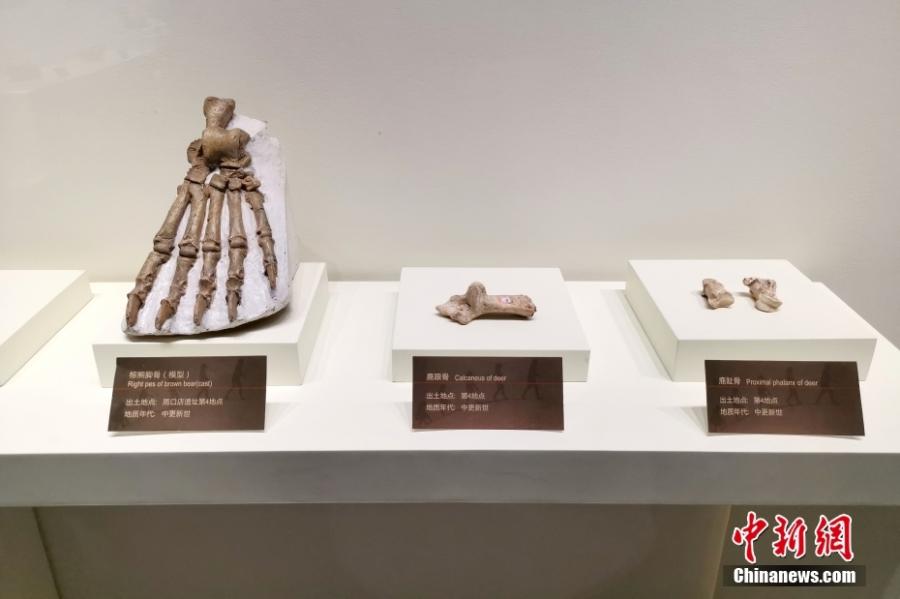
Animal fossils excavated at fourth site of the Zhoukoudian site and animal fossil models displayed. (Photo: VCG)
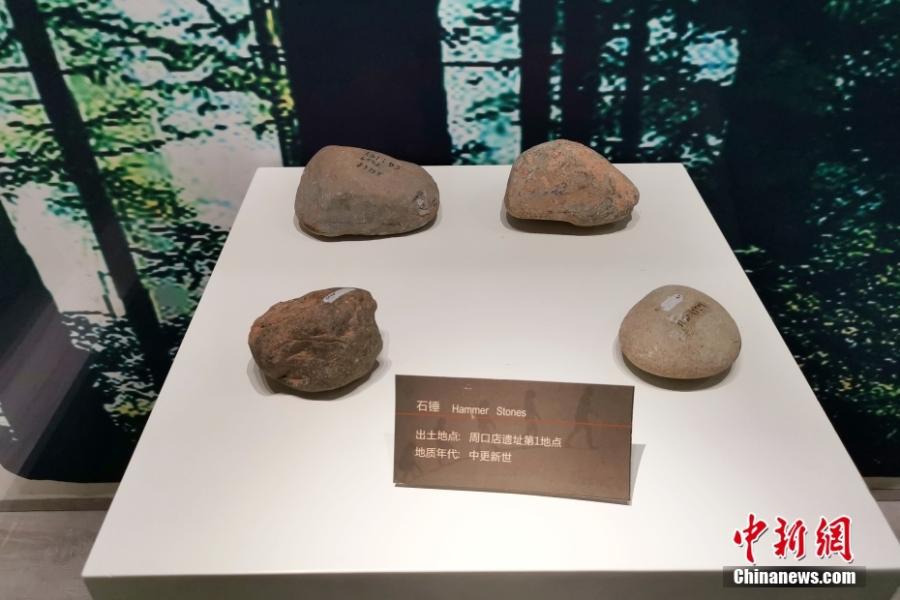
A stone hammer from the Middle Pleistocene period found at the first site of the Zhoukoudian site. (Photo: VCG)







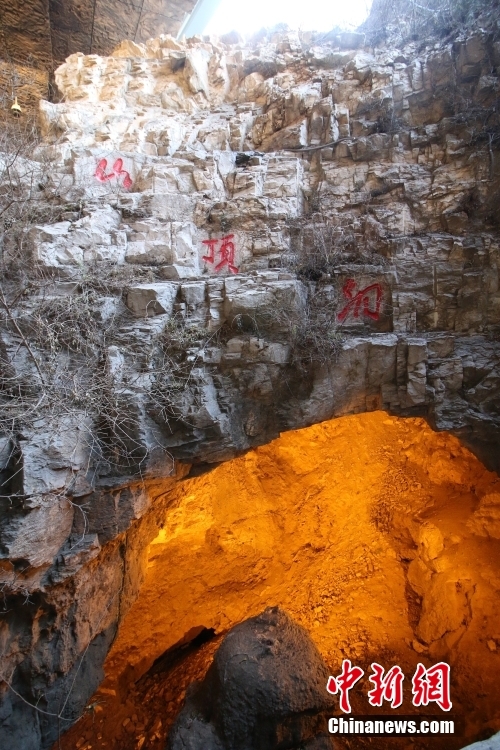
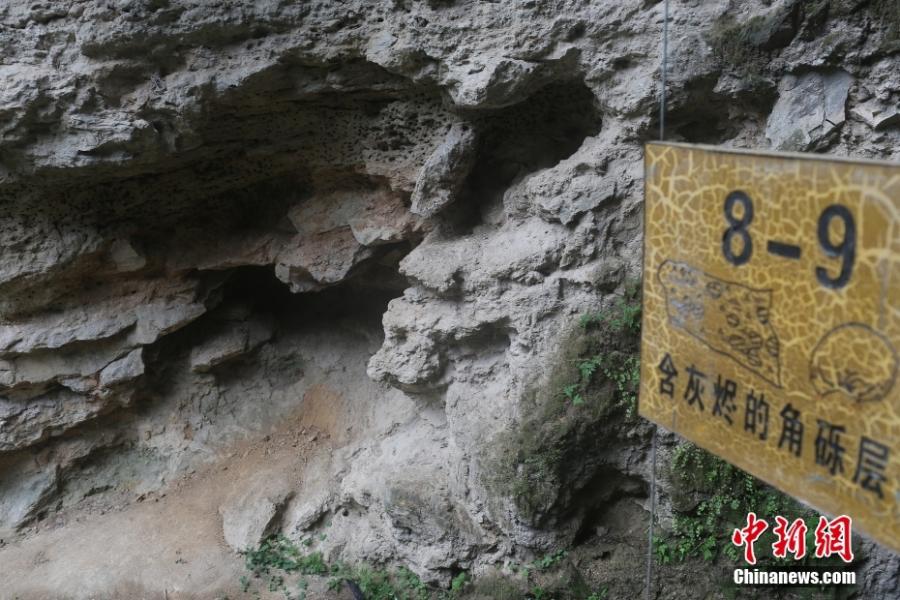
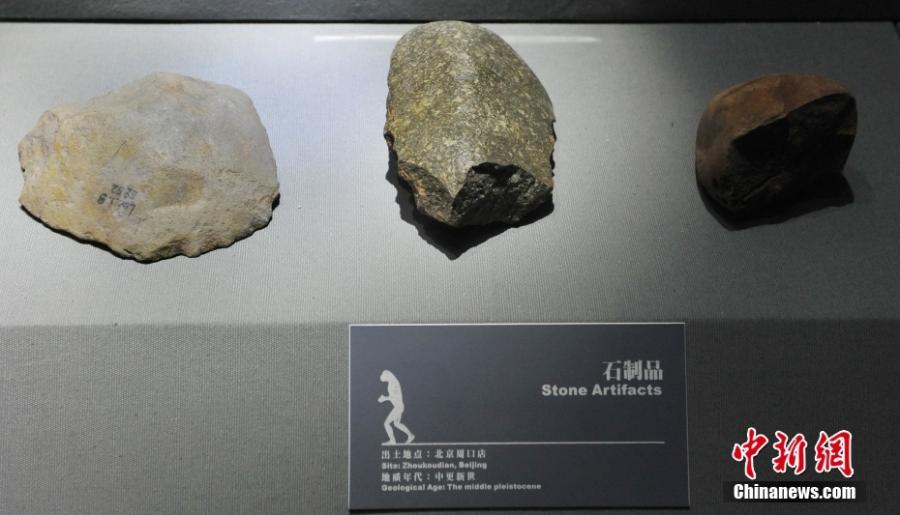
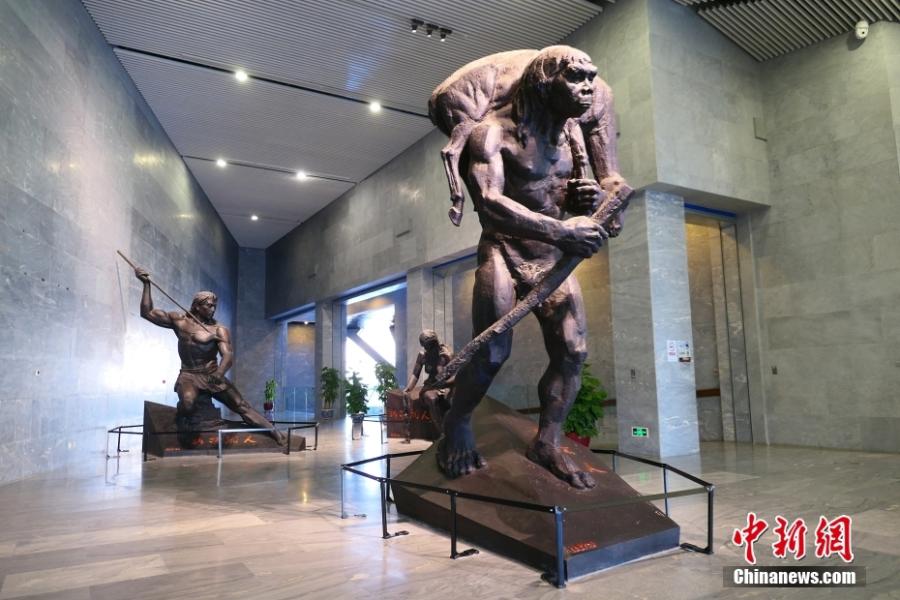
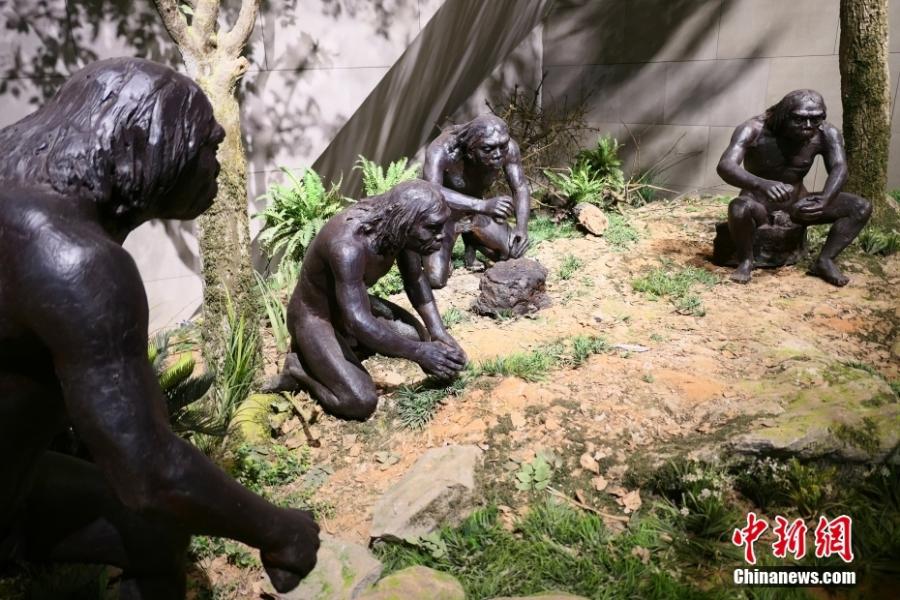



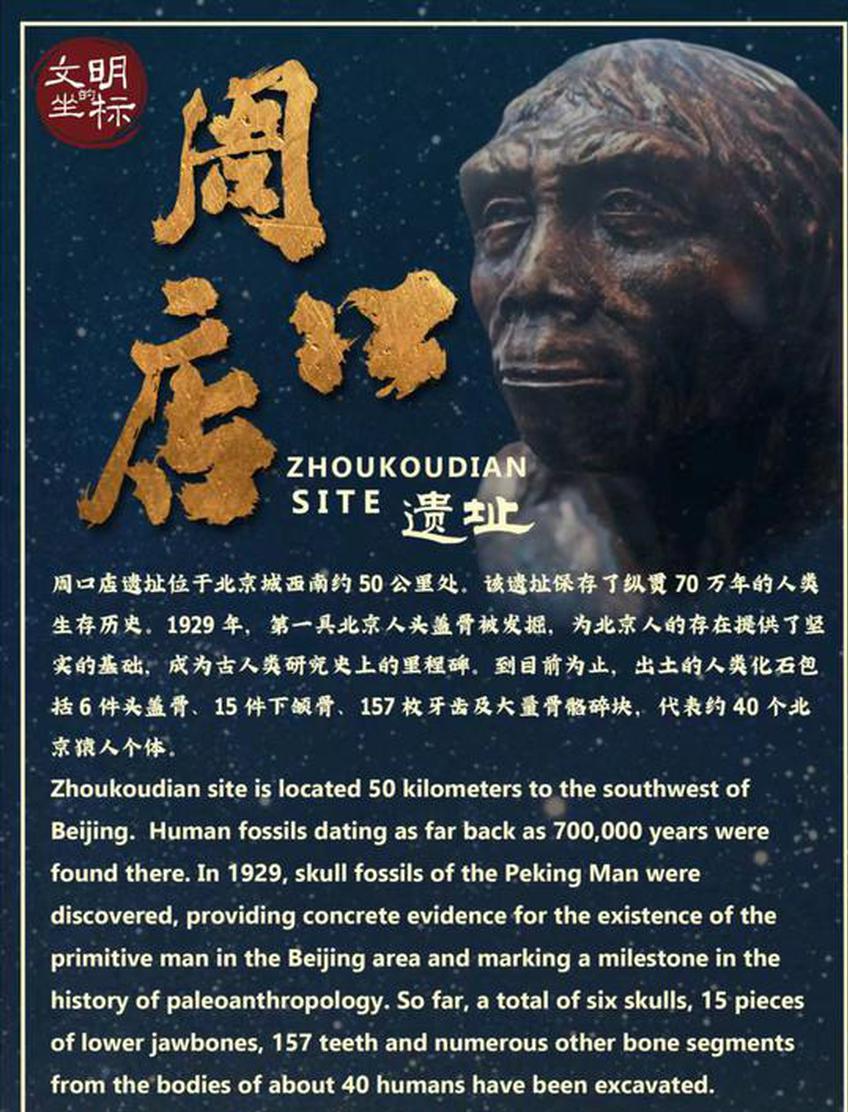
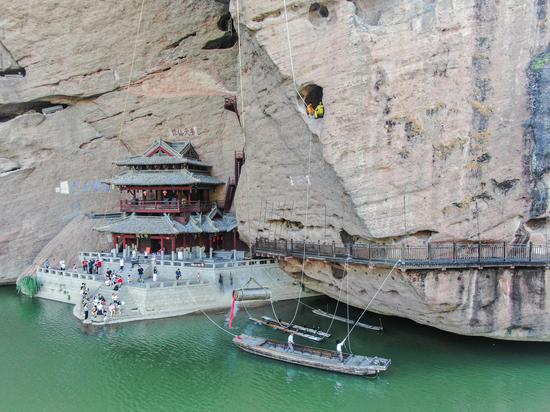

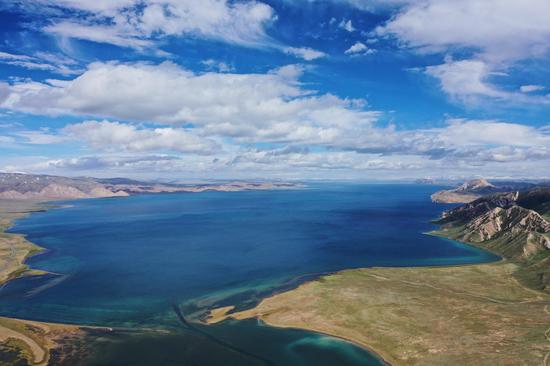


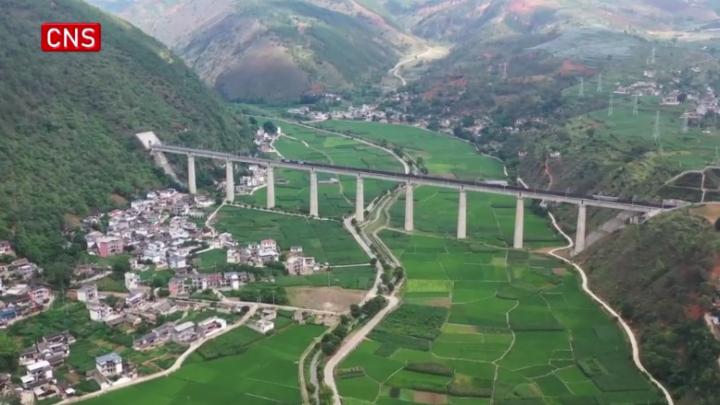

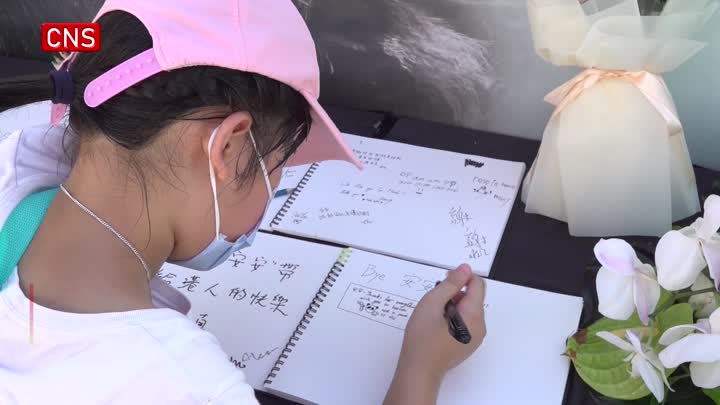


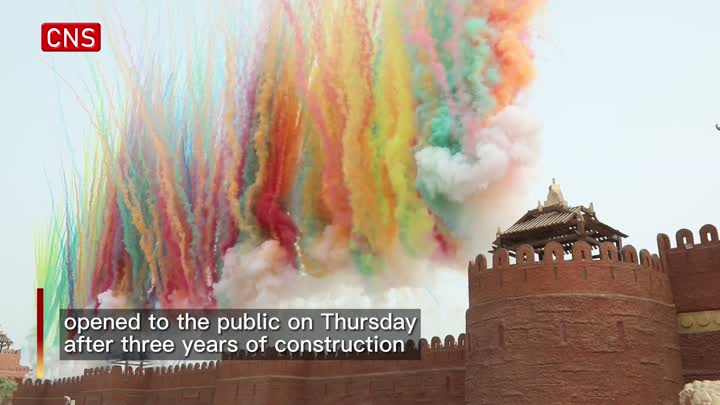

 京公网安备 11010202009201号
京公网安备 11010202009201号